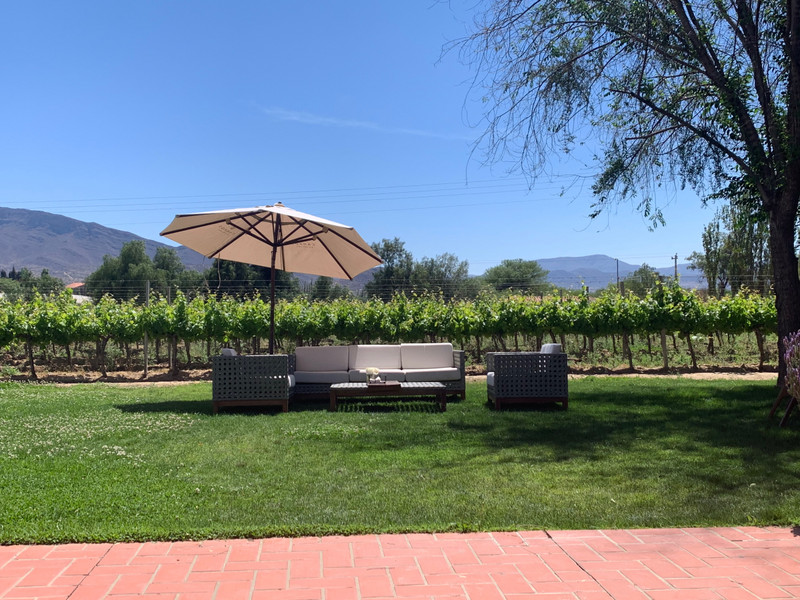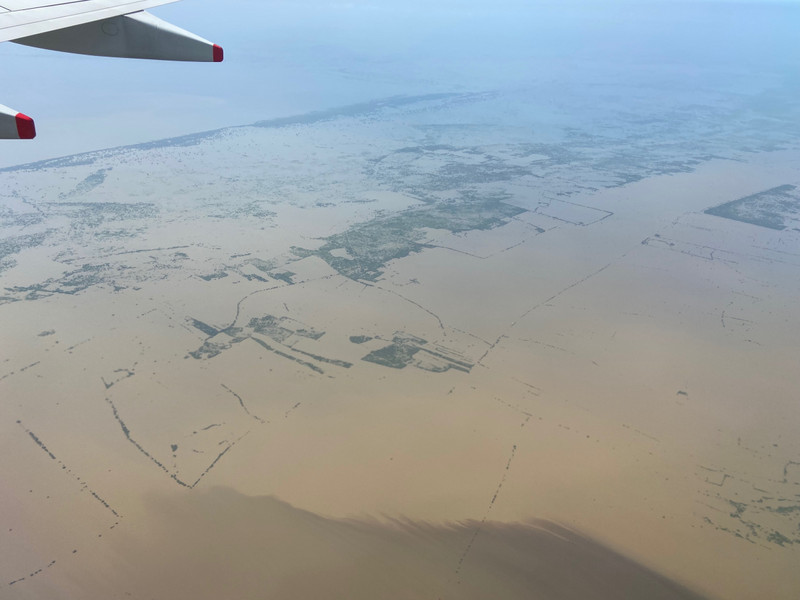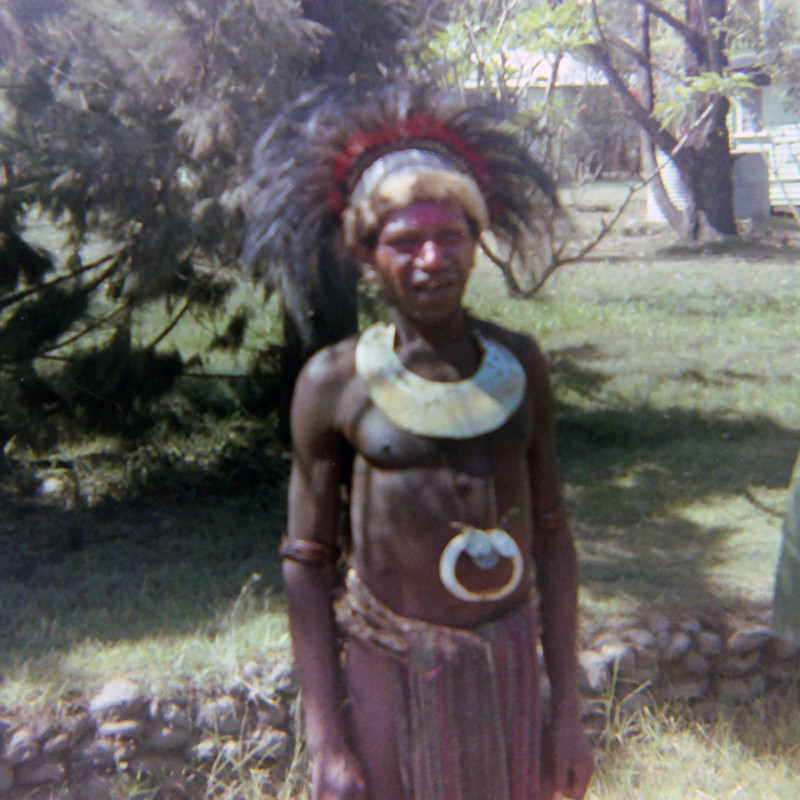It seems every state in the US, and every country that I visit has a wine region. Croatia is no exception, with a big plus. In fact, it is a world class connection, in the person of Miljenko Mike Grgic of Napa Valley fame. He left Croatia back in 1954, and became perhaps the most famous winemaker in the world when his 1973 Chateau Montelena Chardonnay won a blind tasting in Paris, aka the Judgment of Paris. He later established Grgic Hills Cellar in (Rutherford) Napa Valley, and is a most respected winemaker. The recent war, for Croatian independence wiped out most of the countrys viticulture. But with great weather and geography for wine, Croatia has returned with over 100 indigenous grapes. With numerous microclimates, Vitis vinifera L (the cultivated grapevine) has found the of climate, geography and soil. After independence, Mike Grgic came back to establish Grgic Vina in a tiny town on the Peljesac Peninsula in southern Dalmatia, home of the Dingac terroir. And it turned a profit within two years, where typically 5 to 10 years are required. His winery produces high end boutique wines: a fruity and flavorful white from the indigenous Posip, and
a hearty red from the Plavac Mali, the highest quality Croatian varietal. Croatia has two main wine regions, the arid (continental) part and the costal region, with similar latitude to Bordeaux, Provence, Tuscany, and Oregon. The continental region produces 90% of the whites, while the coastal produces almost 70% of the reds. There are twelve subregions. My focus will be in Dingac on the Peljesac peninsula, perhaps due to lack of a car. Or perhaps it has the best wine? It appears much of Croatian wine production is the vin de table style. Smaller farms, restaurants and households make their own wine, though often young and fruity. Remember the cab driver in Seinfeld, who said, too fruity with the cute sing songy accent of a Punjab man? But these wines go well with grilled meats, fish and salad. Lately, Croatian wines have introduced the Protected Geographical Origin status for wine (much like the AOC in France). So, what are some of the Croatian wine terms I might need? wine vinowhite bijelosparkling pjenusavored crvenodessert desertnosweet slatkodry suha While Croatia has only about 160,000 acres of vines under cultivation, the coastal areas and islands produce mostly red wines. Inland, almost 90% of
wine production is white. But each island has unique soil and temperature variations. These create subtle differences in acidity, color, tannins, and balance. By and large, most producers are still working on a small scale. Speaking of, Croatia has a rather large number of grape varieties, including many ancient ones. The is the gravesina on the inland area, while malvasia is prevalent on the coastal area. Some lesser varieties include: posip, debit, franken, zlahtina, marastina, vugava, grk, and plavac. Sounds like gobbledygook. But lately, more international varieties have increasingly popular, like chardonnay, Riesling, Merlot, Cabernet Sauvignon, and Gewrztraminer The Dingac grape is produced here in the Peljesac, and is probably the best wine in the country. Needless to say, the better vineyards merit a higher price. Everyone says it is full bodied, fruity, and ages well. The Postup region is similar to Dingac, though the wines are a bit drier. Up the road in Istria, the Teran reds are more intense, almost black in color. Their sweet wine is the Momjan, a honey colored wine that pairs well with desserts. The various islands produce some notable wines as well. If I do not get around to them on this trip, I will be back in May for my cycling trip along the coast. Along the coast, I expect to eat more seafood than red meat. But I intend to try as many local wines as possible..









